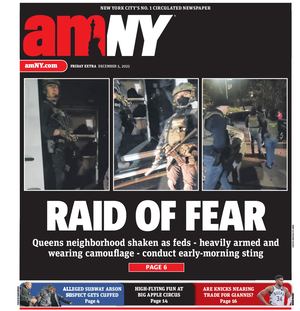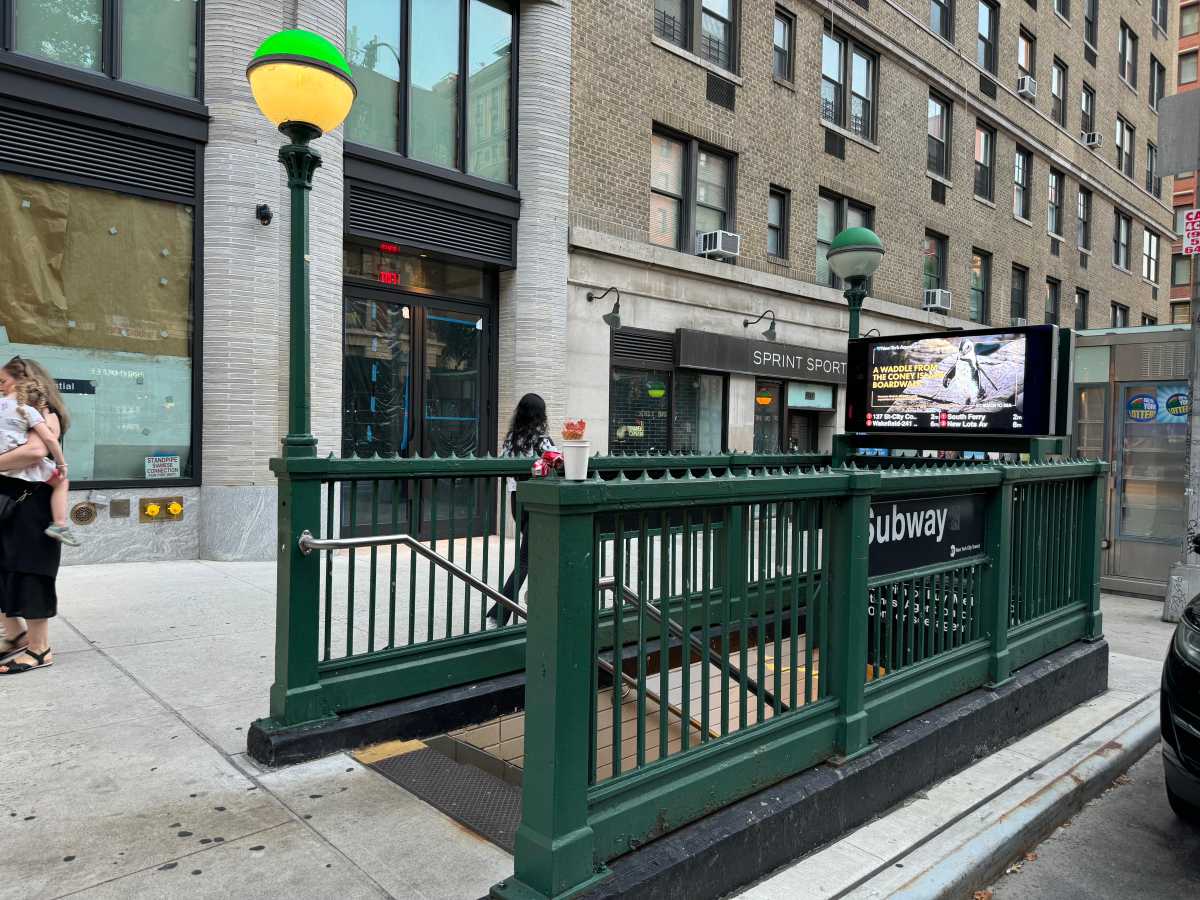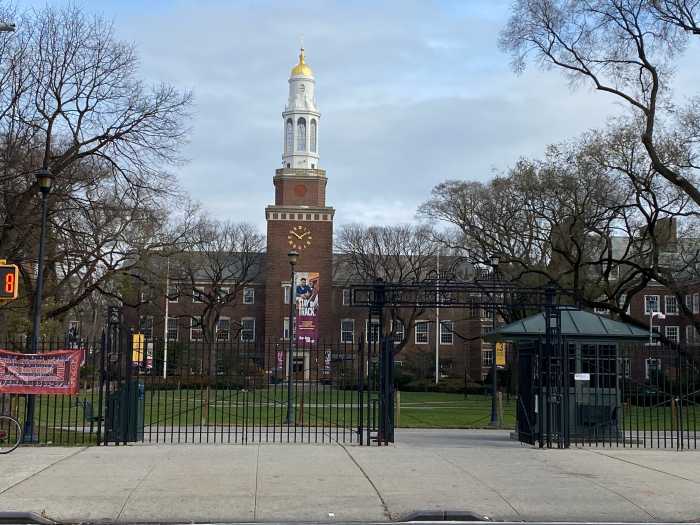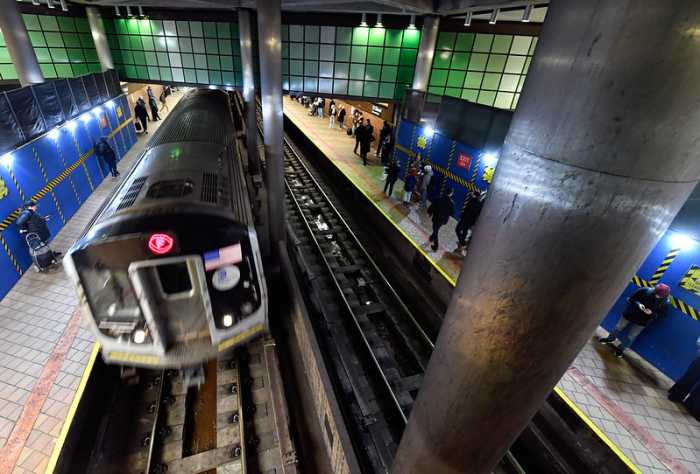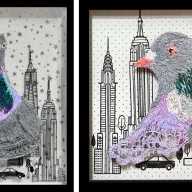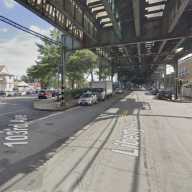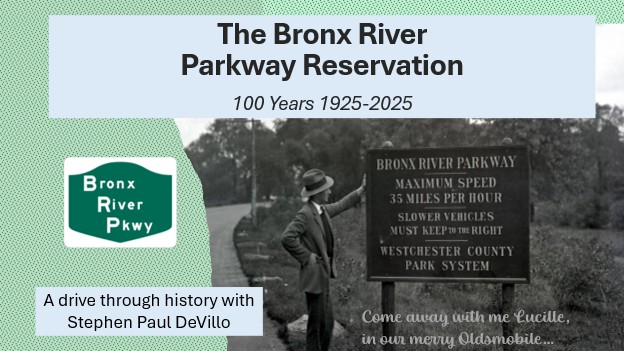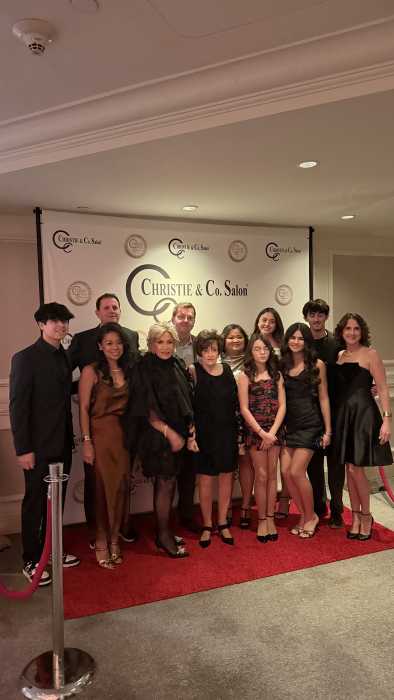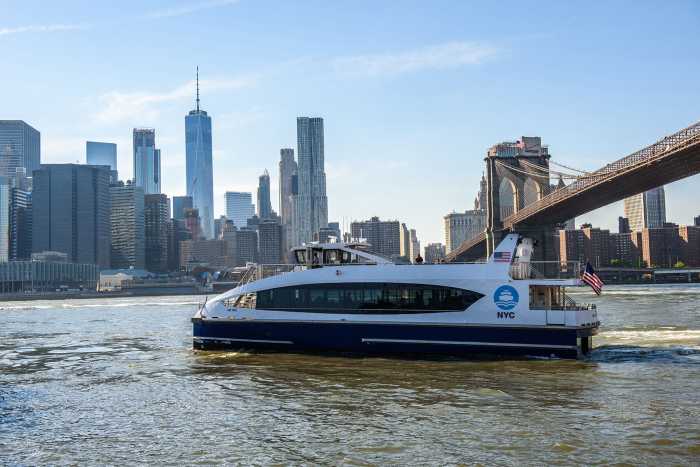The subway is on time to celebrate its 120th anniversary.
While the system has grown and evolved throughout the decades, there are still pieces of its past that can be seen today, including the ghost subway stations.
Those are stations that are no longer in use, but you can catch a glimpse of them while riding on the train, including the 91st Street station on the 1, Worth Street and 18th Street stations on the 6.
The most famous one is the former City Hall station, which can be seen two ways. The first way is being lucky enough to buy a ticketed tour with the New York Transit Museum, but they sell out fast. The other way is to stay on the 6 train after it stops at the Brooklyn Bridge station and goes through the City Hall loop to head back uptown.
This is one of the original 28 stations. It was designed by Heins and LaFarge, which featured a round platform, chandeliers and an arched ceiling done in Guastavino tilework.
It was here where subway service kicked off on October 27, 1904. The Interborough Rapid Transit Company (IRT) touted it could go from the City Hall station to 145th Street in Harlem in 15 minutes.
Former Mayor George McClellan started the inaugural ride and he kept control of the train through 103rd Street before letting an IRT conductor takeover.
On opening day, it was reported 7,000 people packed the station hoping to catch a ride when service started. Service did not run smoothly on the first day because a fuse blew near 96th Street causing a 20 minute delay and having the train punished to 145th Street for repairs.
The old City Hall station was decommissioned in 1946 as riderships increased and there was a need for longer train platforms.
Have you noticed these other pieces of subway history?
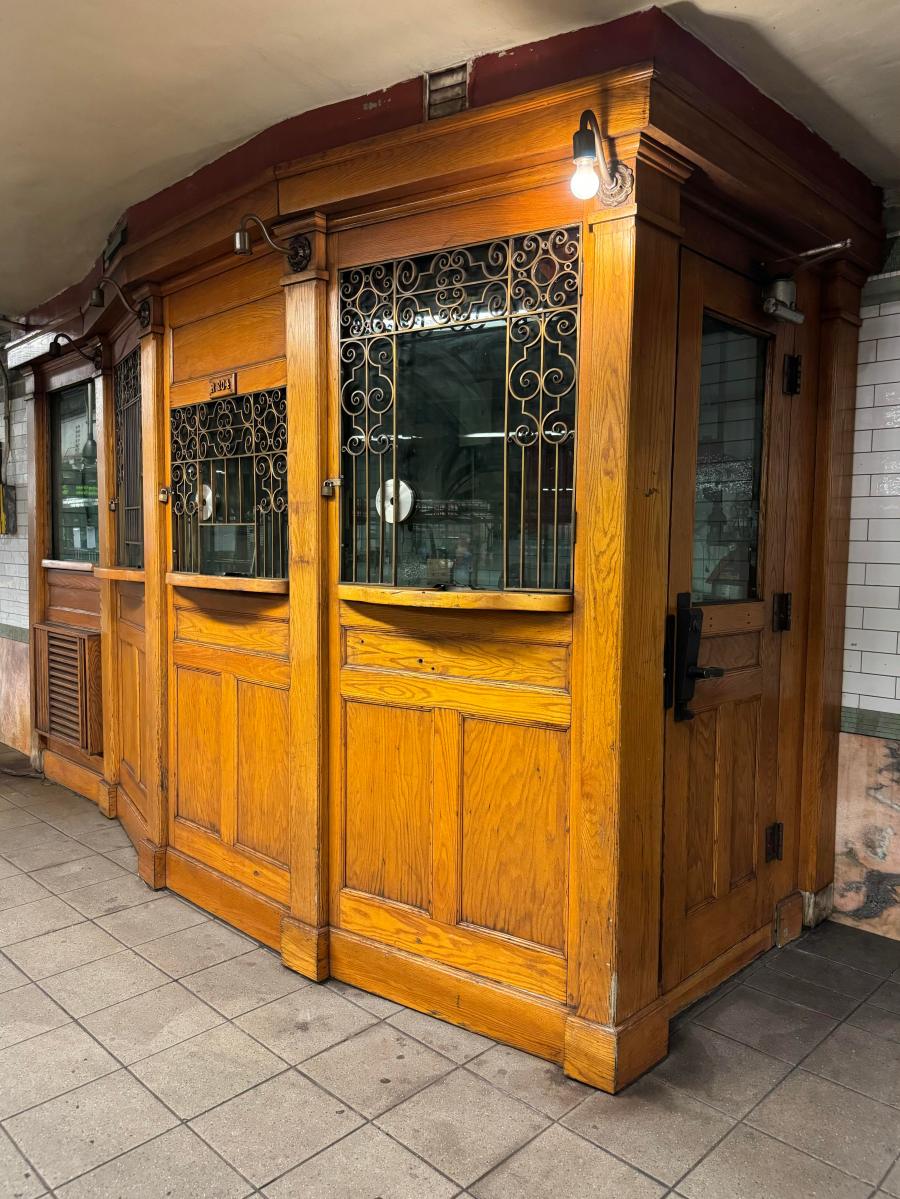
Wooden Ticket Booth
Decades before tokens were introduced, commuters paid for their subway ride by purchasing a paper ticket at a wooden ticket booth. There is a piece of that bygone era inside the Wall Street station on the 4 and 5 lines.
“Printed tickets were first used on elevated railway networks that opened in Manhattan and Brooklyn in the 1870s,” Shapiro said. “The price of a ticket to ride an elevated train was 5-cents.”
That was the same price for a subway ride from its first day of service in 1904 to 1948 when it was doubled to 10-cents.
The wooden ticket booth on the downtown side was installed when the station opened in 1905. Commuters would pay the agent 5-cents and receive a ticket. They would then hand the ticket to the fare attendant standing next to the ticket chopper box, which would chop and shred the ticket.
This payment method continued through the 1920s when the transit system introduced electric turnstiles that accepted coins.
The ticket chopper box that was used at the Wall Street station is now on display at the New York Transit Museum.
Wall Street Station on the 4 & 5 Lines (Downtown Entrance)
Subway Globes
Have you noticed the globe lights that are by subway entrances? It is more than just an aesthetic, but served a purpose for commuters when tokens were being used. The globes were part of a color-coded system started in the early 1980s to help commuters know if there was a manned token booth.
The green globes meant there was a 24-hour token booth, yellow meant there was a part time token booth and red was an exit only. Commuters have not seen the yellow globes for years, but they can still notice the green and red ones. Red globes still have the same meaning as an exit only.
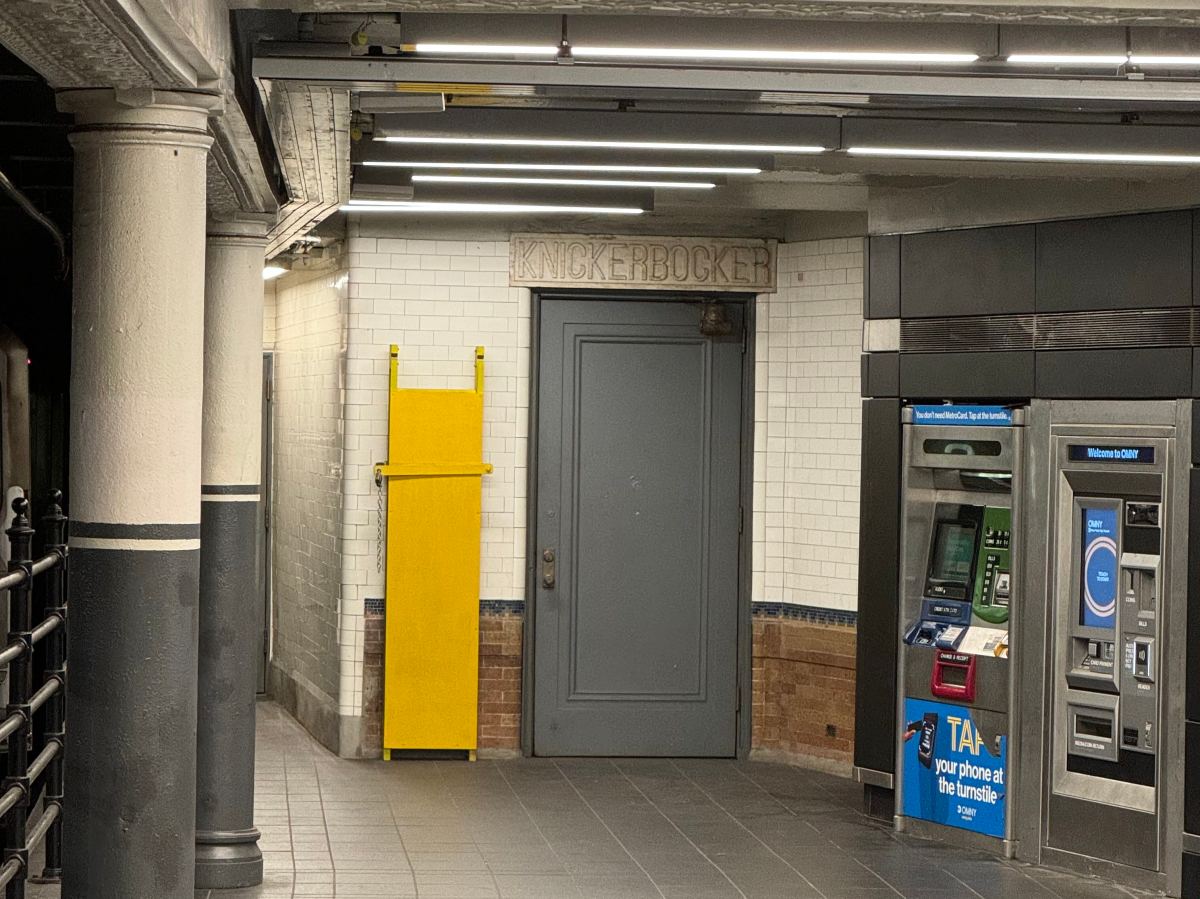
Knickerbocker Door
A door to the past is located near the entrance to the Shuttle in Times Square. Tucked in the corner, the Knickerbocker door once brought travelers directly into the famous Knickerbocker Hotel.
Built by John Jacob Astor IV, the hotel opened shortly after the subway started to run. Astor wanted to attract wealthy people from uptown into his hotel, so he added a door that led them to the hotel’s bar.
The famed bar was said to be the spot where the martini was invented and it also had a 30-foot mural of Old King Cole and his Fiddlers Three painted by Maxfield Parrish.
Times Square Subway Station (Near the Shuttle Train)
Clinton Hall
There is a sealed off entrance at the Astor Place station on the downtown 6 that signals to commuters what was once there.
Located above the station information signs, there are the words “Clinton Hall.” It was also known as the Mercantile Library of New York. By the time the subway opened in 1904, the library moved to the area and was already a well known institution.
Its goal was to help its 12,000 members who were writers to promote literature. The library had more than 125,000 volumes in its collection and hosted many notable writers, including Mark Twain. When the library moved, the entrance was eventually sealed off.
Astor Place Station on the 6 (Downtown)
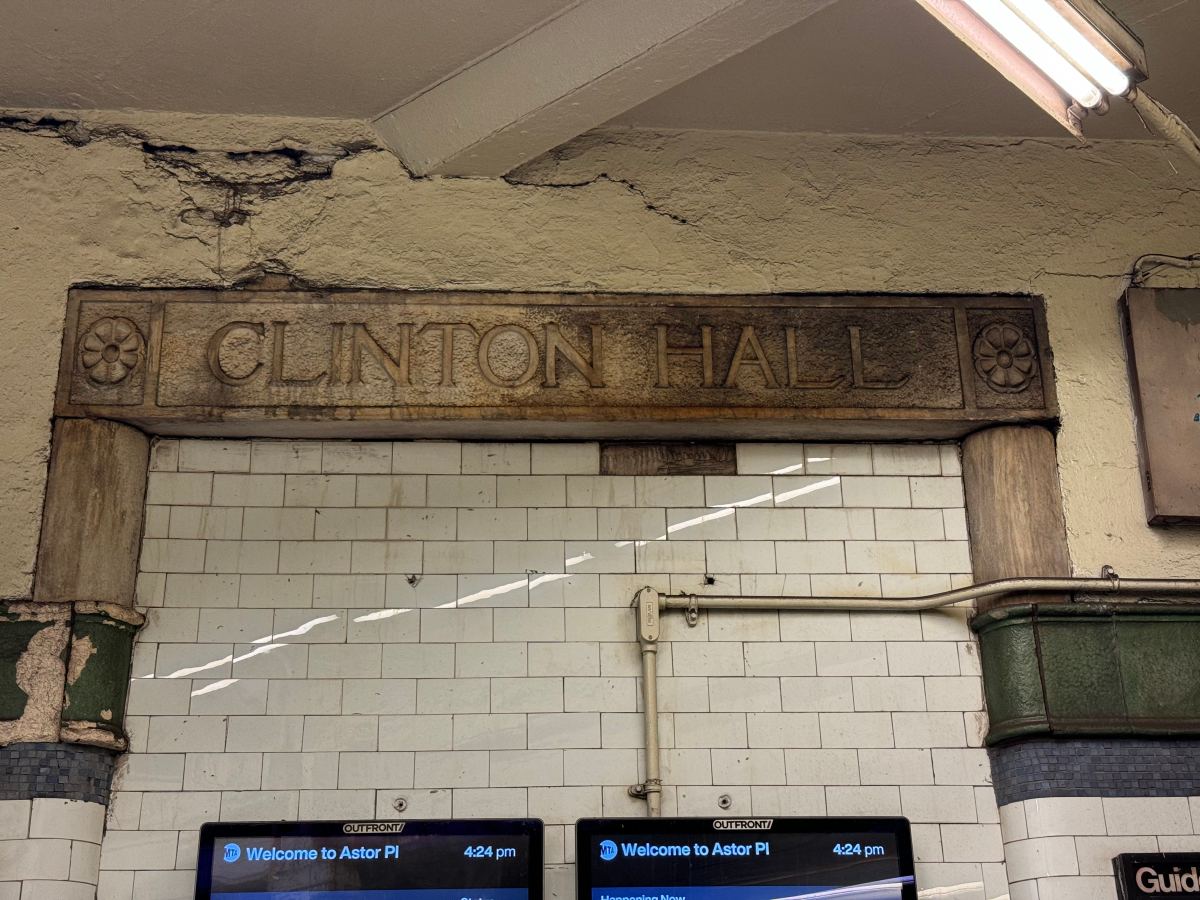
Avenue H Station House
When people get off the Q at Avenue H in Brooklyn, they are walking through a New York City landmark that was never intended to be a subway station.
The northbound station house at Avenue H was built in 1905 and was used as a real estate office for T. B. Ackerson Company, which was started by Thomas Benson Ackerson.
As the railroad expanded into Brooklyn at the turn of the 20th century, Ackerson purchased a large amount of land and built 150 houses in what would become Fiske Terrace.
The Queen Anne-style and Colonial Revival building was the sales office. On the outside there are wooden shingles and inside there is a wooden vaulted ceiling and brick columns. In 1906, the office was not needed and was sold to the Brooklyn Rapid Transit Company and became the station in 1907.
It was designated a city landmark in 2004.
John Friia is the content creator behind Here In NY on Instagram and TikTok. Follow to learn more about hidden history and places to explore in New York City. Instagram: @Here_In_NY TikTok: @HereInNYC
Read More: https://www.amny.com/nyc-transit/
